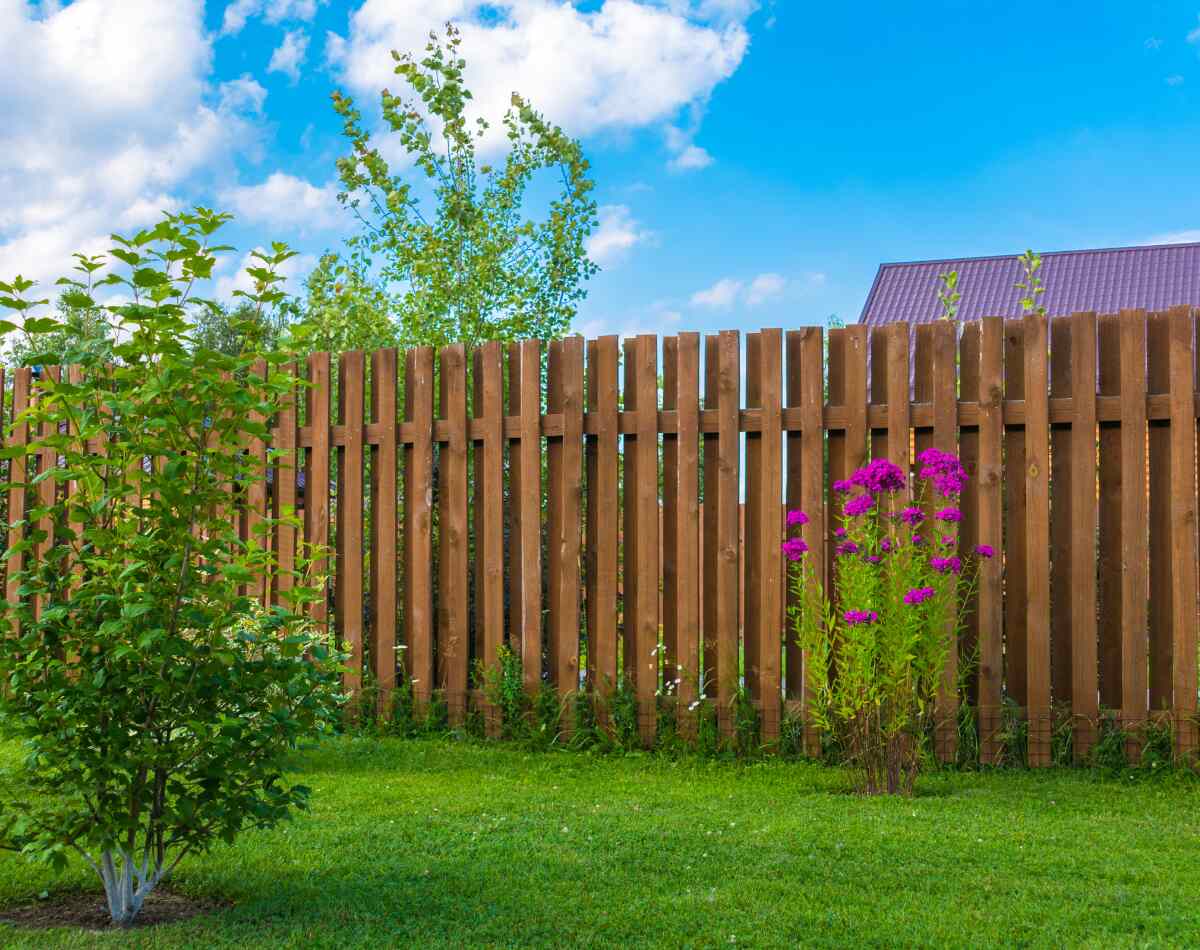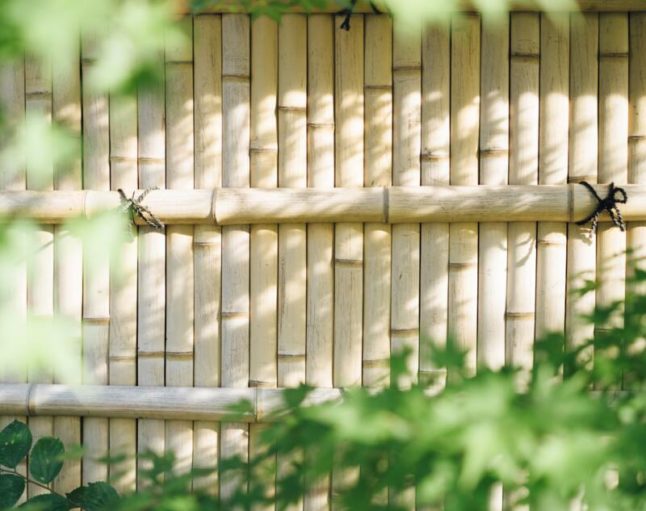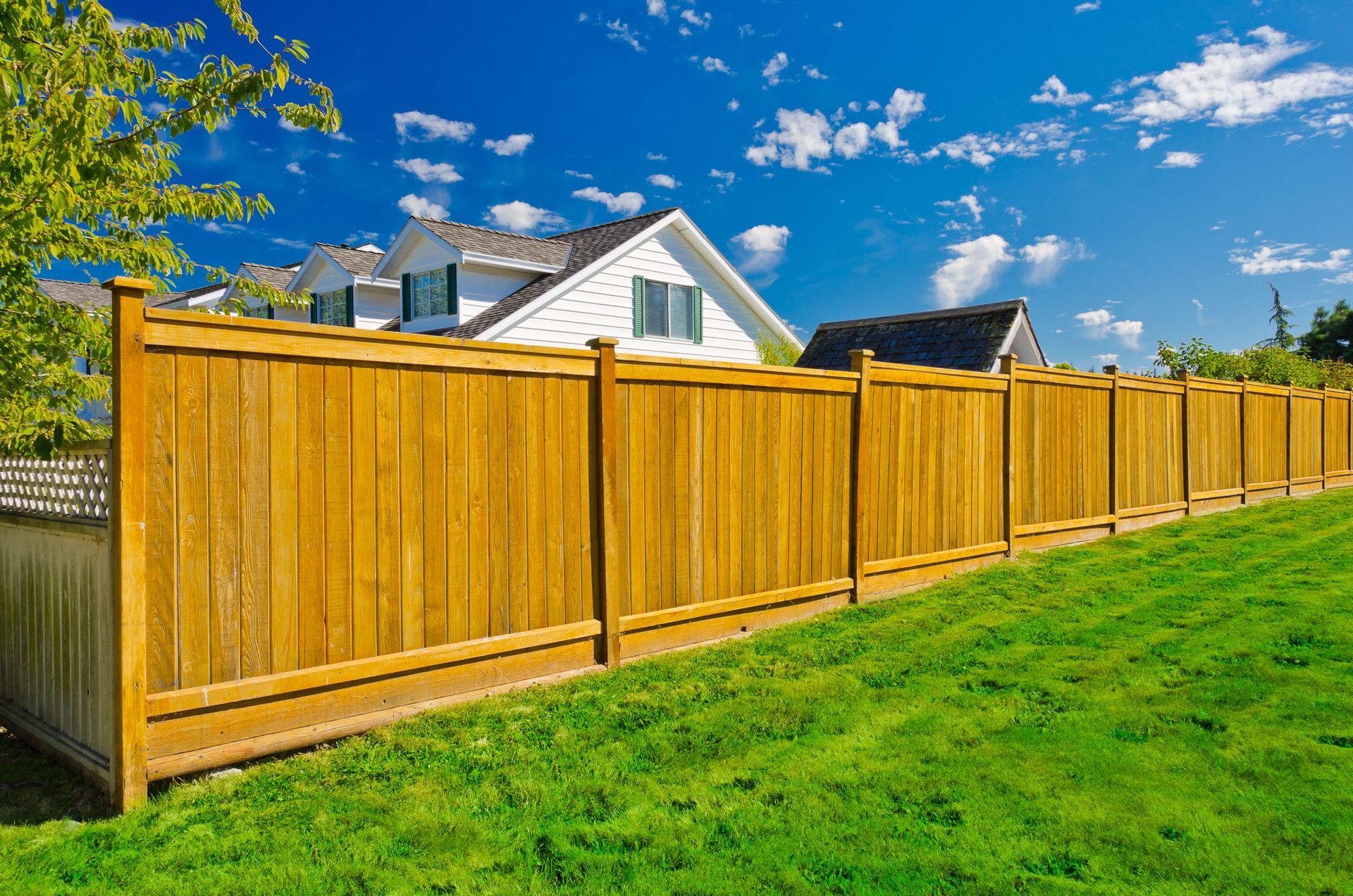All Categories
Featured

As sustainability ends up being an increasingly important factor to consider for homeowners, more people are turning to environment-friendly fencing materials. Whether you're constructing a fence for privacy, safety, or aesthetic objectives, choosing materials that minimize ecological impact is an excellent method to contribute to a healthier earth. Right here's a consider the leading environmentally friendly fence products readily available today and their benefits.
- Bamboo Secure Fencing: Eco-friendly and fast-growing. Bamboo is one of the most lasting secure fencing products on the market. Unlike typical wood, bamboo is extremely fast-growing, which indicates it can be harvested without diminishing forests. This makes it a very renewable energy, with some types growing up to three feet in a single day.
Environmental Benefits: Bamboo takes in more carbon dioxide than many other plants, helping to counter greenhouse gases. Its rapid development rate means it can be harvested regularly, making it an eco-friendly material. Durability: Bamboo fencings are naturally immune to insects and decay, specifically when effectively treated, decreasing the demand for chemical treatments. Visual Charm: Bamboo gives a special, all-natural look that enhances both conventional and modern-day landscaping styles. However, while bamboo is a terrific option, it is very important to make sure that the bamboo made use of is properly sourced to avoid adding to environmental destruction.
- Recycled Steel Secure Fencing: Reusable and long lasting. Recycled metal fence, such as aluminum or steel, provides a green option to traditional wood fencings. These metals are commonly made from recycled products, lowering the requirement for brand-new mining and the environmental effect connected with extracting basic materials.

Ecological Benefits: Steels like aluminum and steel are 100% recyclable, meaning they can be recycled and repurposed forever without losing quality. Longevity: Metal fencings are exceptionally durable, immune to weather, insects, and wear, making them a durable option that doesn't require to be changed often. Reduced Maintenance: Recycled steel fences require minimal maintenance and don't require to be painted or sealed routinely, decreasing the requirement for additional chemicals. The primary downside is that metal fencings might not supply the same privacy as wood or vinyl alternatives, as they can have voids depending on the style.
- Recycled Wood Fencing: Sustainable and Natural. For those who love the timeless look of timber yet want an environmentally friendly option, recycled timber secure fencing is a superb selection. This product is made from recovered timber from old buildings, pallets, or perhaps furniture, diverting these materials from land fills.
Ecological Benefits: Making use of recycled wood stops the need to reduce new trees, helping to reduce and save forests logging. Visual Allure: Recycled wood offers a rustic, all-natural appearance and can be tailored to match any kind of home style. Sustainability: Since it is sourced from existing wood products, recycled wood doesn't require new handling, which reduces energy usage and carbon exhausts. While recycled wood fences are an environmentally friendly option, they might require even more upkeep in time than steel or bamboo fences, as wood can be prone to degeneration and bugs if not effectively dealt with.

- Living Fencings: Natural and Green. Living fencings, which are made from thick plantings like bushes, bushes, or trees, supply a green and completely natural choice to traditional fencing products. These fencings not just supply personal privacy yet additionally boost your yard with stunning plant.
Environmental Benefits: Living fences can absorb carbon dioxide, offer habitat for wildlife, and improve air high quality. Sound Decrease: Thick growings can act as all-natural sound barriers, minimizing web traffic sound or other unwanted noises. Aesthetic Allure: They add a soft, all-natural visual to any type of residential property and can be tailored to fit any type of layout. While living fencings are environmentally friendly, they do call for regular upkeep such as trimming, watering, and in some cases pest control.
- Hemp Fencing: Naturally Degradable and Strong. Hemp is one more sustainable material that has actually made its method right into the fencing industry. Hemp fencings are made from solid hemp fibers that are woven with each other to create resilient and environment-friendly panels.
Environmental Benefits: Hemp grows quickly and requires minimal water, making it a resource-efficient plant. The product is eco-friendly and can be composted when no more required. Toughness and Durability: Hemp fencing is weather-resistant and surprisingly solid, making it suitable for lots of environments. Sustainability: Hemp farming requires less chemicals and fertilizers than traditional crops, making it an ecologically responsible alternative. Nevertheless, hemp fence might not be as extensively offered as various other materials, depending upon your place.
Conclusion: Sustainable Choices for each Need. Picking green fence materials is a fantastic means to reduce your environmental impact while still attaining the personal privacy, security, and visual you desire. From fast-growing bamboo to recycled timber and metal, there are a variety of sustainable alternatives that can help you produce a gorgeous, functional fence while sustaining a much healthier earth. By considering aspects such as resilience, maintenance, and ecological effect, you can choose the most effective environment-friendly fencing material for your requirements and lifestyle.
Latest Posts
The Roadway to Financial Freedom Begins Here
Published Apr 21, 25
1 min read
Inquire for Your Desire Occasion at Enjoyable City Hotel
Published Apr 21, 25
1 min read
Enhance Your Hyundai Ownership with Ron Marhofer Hyundai's Unique Programs
Published Apr 20, 25
1 min read